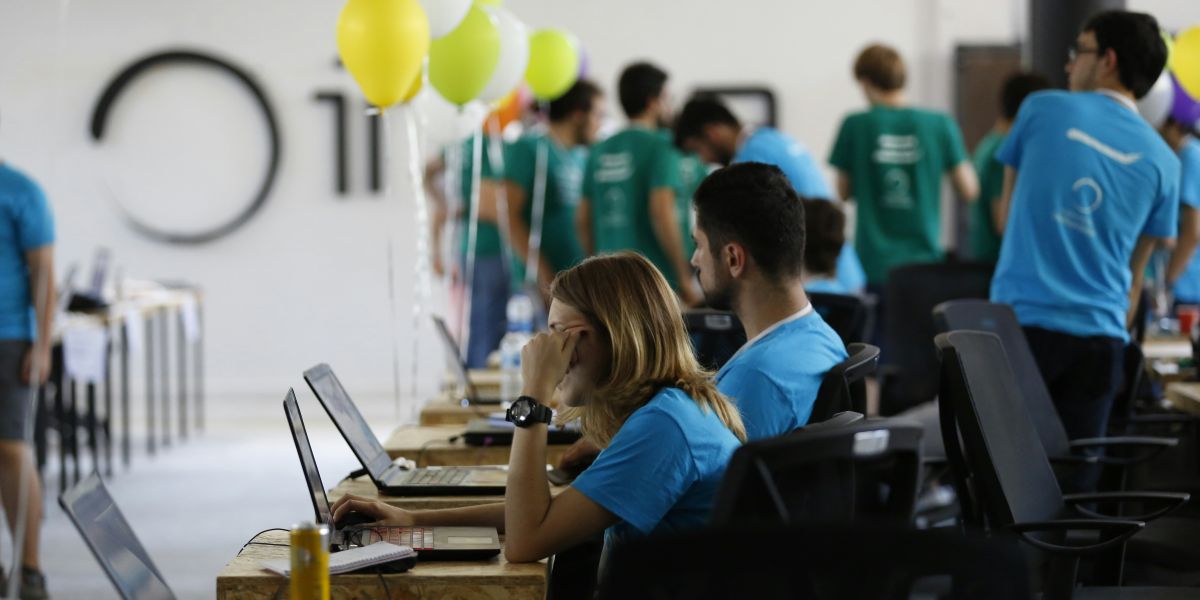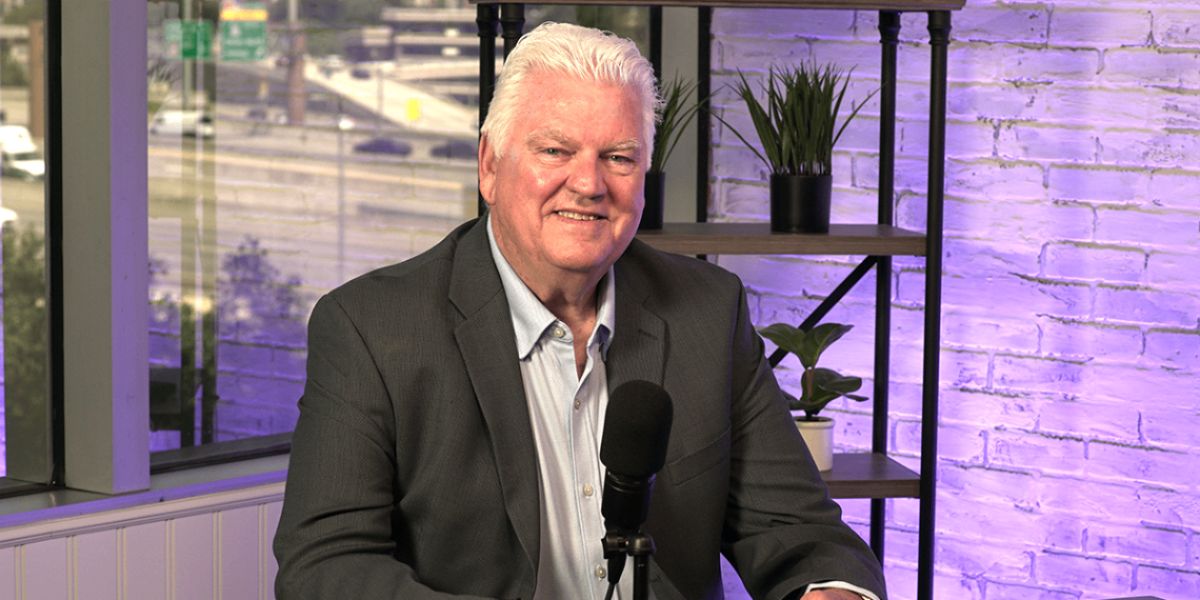By: Wyles Daniel
AI is no longer a novelty; it’s the new normal. In 2025, over 78% of companies globally reported using AI in some capacity, with many more actively exploring its integration into operations. From chatbots and diagnostics to predictive analytics and image generation, AI has undeniably reshaped the modern workplace. But as the machines get smarter, Professor James Bailey, a leadership professor and seasoned author, warns: “The world is drunk on AI.”
To Bailey, the concern is not just about machines replacing human effort. It’s about something more foundational: the erosion of critical skills, especially the ability to articulate and reason independently. “My primary point,” he says, “is being able to evaluate the skill of people, particularly in terms of their ability to articulate. If someone’s job is to write or analyze, how do I know they are actually doing it? How do I assess them if AI did the thinking?”
Bailey sees parallels across industries. He says, “Doctors are now using diagnostic programs that analyze symptoms and spit out conditions. This may lead to concerns that some may not fully grasp the underlying diagnostic process.” He cautions that similar trends could soon impact every profession, eroding not just individual expertise but also the ability of leaders to trust and evaluate their teams.
Still, Bailey is not anti-AI. He acknowledges the usefulness of tools like automated note-takers or content summarizers, especially when time is scarce. “There’s a place for it,” he admits. “Need a research report on bolo ties? Fine. Use it. But if I’m asking you to interpret complex ideas or develop arguments, then you better do it yourself.”
This, he believes, is where leadership must evolve. “Part of a leader’s job is to develop people. And if your people are using an automated source, they are not developing their clinical skill, the judgment, the instinct, the grit,” Bailey states. He compares it to his graduate training. “They made us calculate complex stats by hand before letting us use the software. It was not about tradition. It was about understanding. You had to know where the numbers came from,” he shares.
Bailey states that leaders must set the tone. “Sometimes you say, ‘Don’t use AI on this. I want your brain on this.’ And if someone breaks that rule, there should be consequences. You don’t follow a direct order, you lose trust. Maybe even the job,” he remarks.
Yet his advice is not all command and control. Bailey emphasizes the importance of balance, nuance, and continuous learning. Leaders must stay technologically competent and understand not just how AI works, but why it’s being used. “You don’t need to know how to write code,” he adds, “but you better understand what the system’s output means.”
For those struggling to catch up, he recommends humility and mentorship. Bailey states, “A famous CEO of a multinational conglomerate company once said he would get mentored by the youngest, smartest person in his company to learn about e-business. That’s what CEOs need to do today.”
Bailey’s advice includes practical steps. Conduct AI detection workshops, establish clear guidelines on what tasks can or can’t be AI-assisted, and focus on developing human competencies. “Triangulate your information,” he says. “Observe how your team communicates. Use multiple channels, voice, body language, writing, and pay attention to articulation. That’s how you know if someone’s got the goods.”
Still, he urges leaders not to panic. Bailey states, “AI is getting better, sure. But you can still tell the difference. It’s got a style, a tone. It has not mastered the human edge, at least not yet.”
In fact, Bailey likens the AI backlash to earlier tech disruptions. “Remember when people hated recorded meetings? Now it’s just normal. The same happened with computers and smartphones. What once felt invasive or unnecessary is now standard,” he shares. That’s the evolution he sees for AI: from novelty to necessity, if users can stay grounded.
At the heart of his message is trust. He says, “Leaders have to trust the people pushing information toward them. And to trust them, you have to know what good work looks like. You have got to train people to do good work and to know enough to check it.”
In short, AI is here to stay. But leadership, Bailey insists, must stay rooted in the human capacity to think, articulate, and evolve. “A good leader doesn’t need to know how to do everything,” he reflects. “But they do need to know what’s being done, why it matters, and whether it’s being done right.” Because in the age of AI, it’s not the technology that defines a great leader, it’s their ability to see through it.
Disclaimer: The content is intended for informational purposes only and does not represent the official stance of any organization or entity. The mention of specific technologies, industries, or AI tools is not an endorsement or recommendation, and any reliance on the information provided is at the reader’s discretion. AI-related developments and the role of leadership may evolve, and readers should consult relevant professionals for specific guidance on AI integration and leadership practices.









